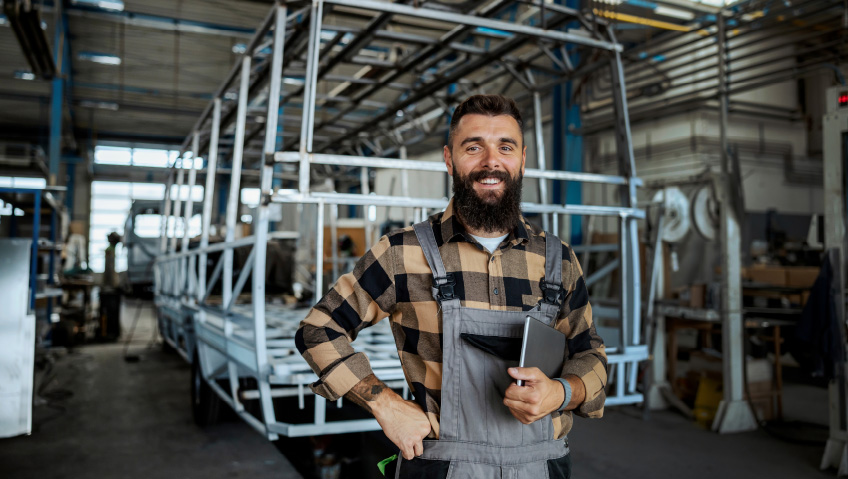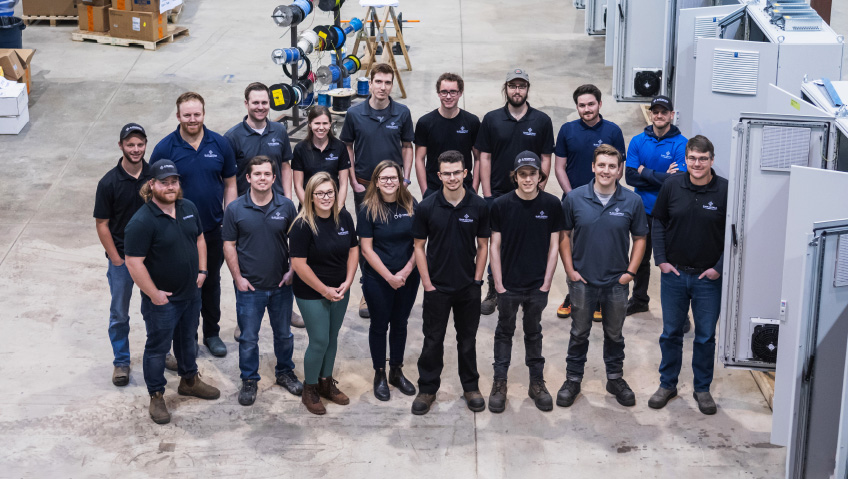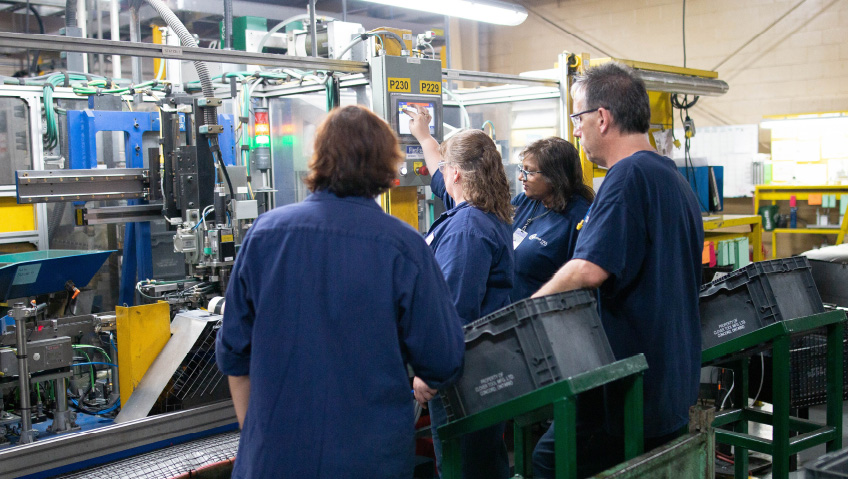Remember those days when you had to get into your car and drive to a store, then browse through aisles to find that thing you were shopping for and physically take it to the front desk to pay for it at these things called cash registers?
Now, pretty much everything we need is a click away and shows up in neat little packages at the front door.
While most of us continue to shop at stores, the number of shoppers doing the bulk of their purchasing online is growing at a fast clip. PricewaterhouseCoopers conducts an annual survey of 8,975 people about their consumer activities. This year, the survey revealed that nearly half of those polled intend to increase their online spending over the next six months.
The reason online shopping is increasing can be summed up in one name—COVID. When a vast swath of the population was spending all its time at home, many people found out how much they liked shopping online and kept on doing it even as restrictions were lifted. And as more and more consumers continue to change how they shop and go digital, there’s a big impact on the entire supply chain, from manufacturing to logistics. Like all of these seismic trends, it means companies need to adapt or be left behind.
Few companies do online fulfillment better than Amazon. The company made $12.7 billion this year during the Prime Day shopping event alone. Amazon itself is so big that its name has been used to describe the impact that heightened consumer demand has had on supply chains and manufacturers—the Amazon effect. The company has drawn hordes of people to its website since its inception in the early 1990s.
Remember when it was just a bookseller? Now the company hawks just about everything you can think of and consumer demand behind this retail juggernaut has led to solutions that focus on end-to-end traceability and the use of third- and fourth-party logistics by many companies just to keep up with the surging demand through the supply chain.
It’s the manufacturers who are the first step in the chain that starts when someone clicks on a site. The product they want has to come from somewhere. Traditionally, a big part of the manufacturing process is having enough but not too much of the raw materials needed, just in time to meet demand.
Let’s say somebody finds something they like and orders it from a retail site. The manufacturing company has been making goods based on orders from retailers, who in turn sell them to customers through the website. For manufacturing companies, the challenge is finding the sweet spot of having just enough of the raw materials for their products so that they can produce and get them out to clients while not having to sit on a cash-absorbing surplus of those materials stockpiled to fulfill future orders.
At the same time, manufacturers really can’t afford to be caught waiting for delivery of those raw materials while clutching a handful of urgent orders.
While the ‘just-in-time’ approach has served manufacturers very well, the process led to problems during the pandemic when manufacturers and suppliers had difficulty in both moving the finished products out and acquiring the raw materials needed to make them. To further complicate things, the whole situation was exacerbated by the significantly larger demand by consumers for products while they were stuck at home.
What manufacturers learned coming out of COVID was how to be more agile and flexible and thus better able to manage the manufacture of their products and adapt to changes in customer needs. That means that strict just-in-time manufacturing may not always be a viable option.
PNC Bank has noted several changes that manufacturers have made coming out of the pandemic. “It turned out that companies that had already undergone innovation shifts within the organization performed the best during the pandemic. Those that hadn’t begun building innovation into their plants performed the worst. And one of the most important ways to reshape the plant into an innovative design? Automate and build in robotics, where possible,” reads PNC’s The Future of Manufacturing in a Post-COVID World.
Once the products are made, they need to get to the consumers who want them. This means wholesalers, distributors, or retailers submit orders to manufacturers and then get the products shipped to them. And often, at this stage, it means storing them in a warehouse for a time before sending them out to consumers. This is no small step in the chain; warehousing on its own is a big business and is expected to grow by more than $72 billion by 2027, market researchers forecast.
The movement of products from manufacturers to retailers to consumers is a significant part of the supply chain and right now the cost to achieve it is skyrocketing.
Bloomberg reports that according to Drewry Shipping, moving a 40-foot cargo container from Shanghai to Rotterdam cost $10,522, which is a mind-blowing 5547 percent increase over the cost five years ago.
This is even more significant when you consider that 80 percent of all products end up being shipped by sea. In the Bloomberg article, Out-of-Control Shipping Costs Fire Up Prices From Coffee to Toys, retailers talk about the impact that this will have on everyone. “In 40 years of toy retailing, I have never known such challenging conditions from the point of pricing,” says Gary Grant, founder and CEO of British toy shop The Entertainer. “Will this have an impact on retail prices? My answer is yes.”
The last step of the supply chain is getting that product from the retailer to the person who made the purchase in the first place. At this point, things can get really interesting depending on what the retailer does.
Let’s take Amazon for example. More and more people are lured by convenience into shopping on websites like Amazon instead of going into a store. And for Amazon in particular, the scale of how those products are moved to the end consumer is quite impressive.
When an item is clicked on the website, the system signals a robot that takes it from the inventory shelves to employees, and from there, it’s moved on to a distribution centre near you. Then all those Amazon trucks on the road carry the boxes to the people who ordered them. It’s a huge fleet of about 40,000 trucks and 30,000 vans. Packages that have further to go are routed to an airport, as Amazon also has around 70 planes. Amazon’s shipping fleet is now so big the company is starting to move packages for other companies as well.
Most consumers expect to see their purchase within three days of the online transaction, if not that same day. The very last step of the process takes the product from the local distribution centre to someone’s front porch. Often it’s a local delivery company that takes the package across the finish line. This stage is particularly sensitive because it reflects the direct connection between the retailer and consumer, and even has its own name in the supply chain—the last mile.
Surprisingly, this is also one of the most expensive parts of the whole process, accounting for up to 53 percent of delivery costs, according to Forbes. Here’s where working with a reliable local delivery company that can provide that important seamless final delivery is critical. For some retailers, it will be the big players like UPS or FedEx, but many businesses will also partner with smaller companies.
Whichever partner is used, a company needs to consider how easily the delivery service can integrate with the retailer as well as handle returns. A McKinsey report notes that 33 percent of repeat consumers would abandon a retailer if they met problems with returning a product.
So, what’s next for the supply chain? It’s likely going to be a combination of robots and AI throughout the process. That includes how our products are made and automating steps throughout the chain to be even more efficient. There is still the concept out there of drones dropping off packages at a front door. Handy, right?






